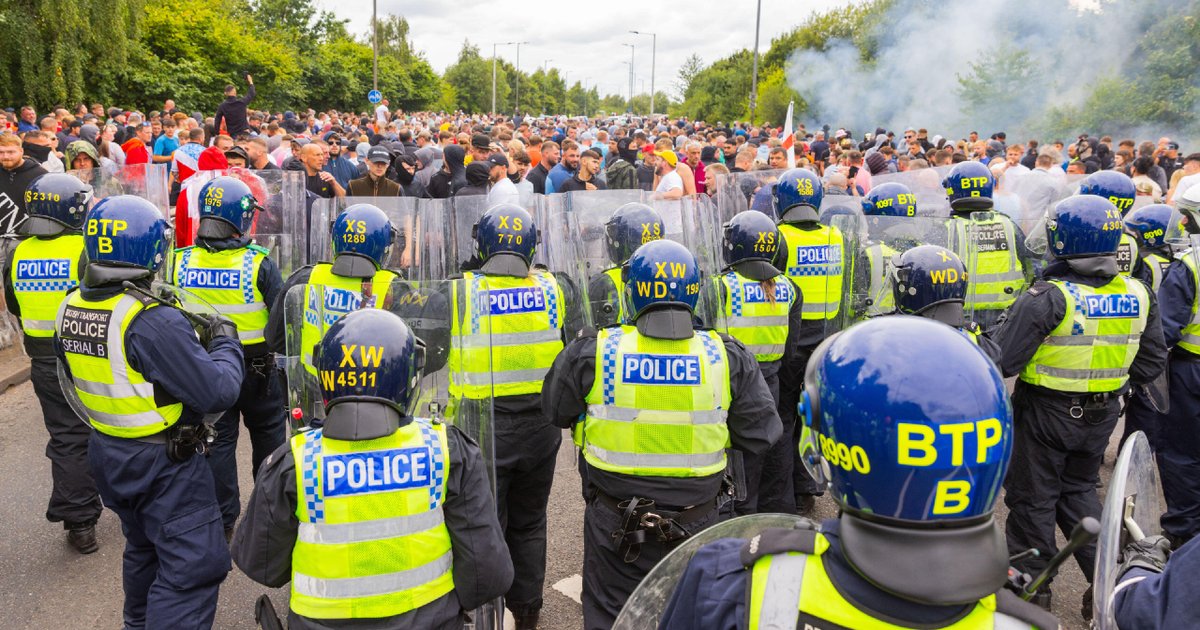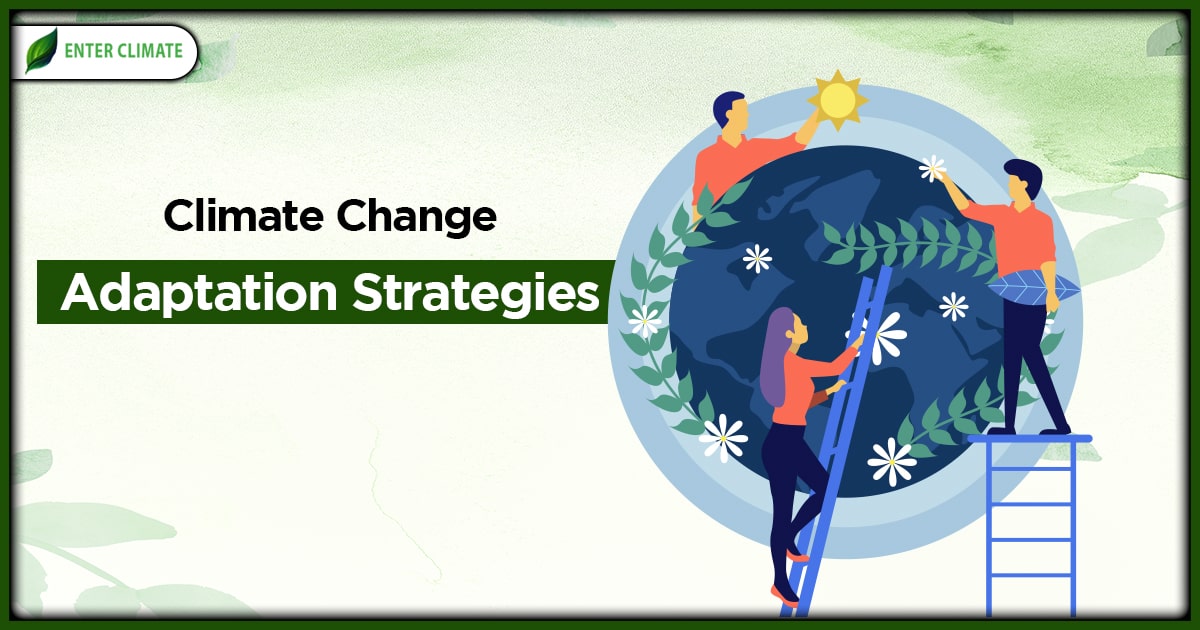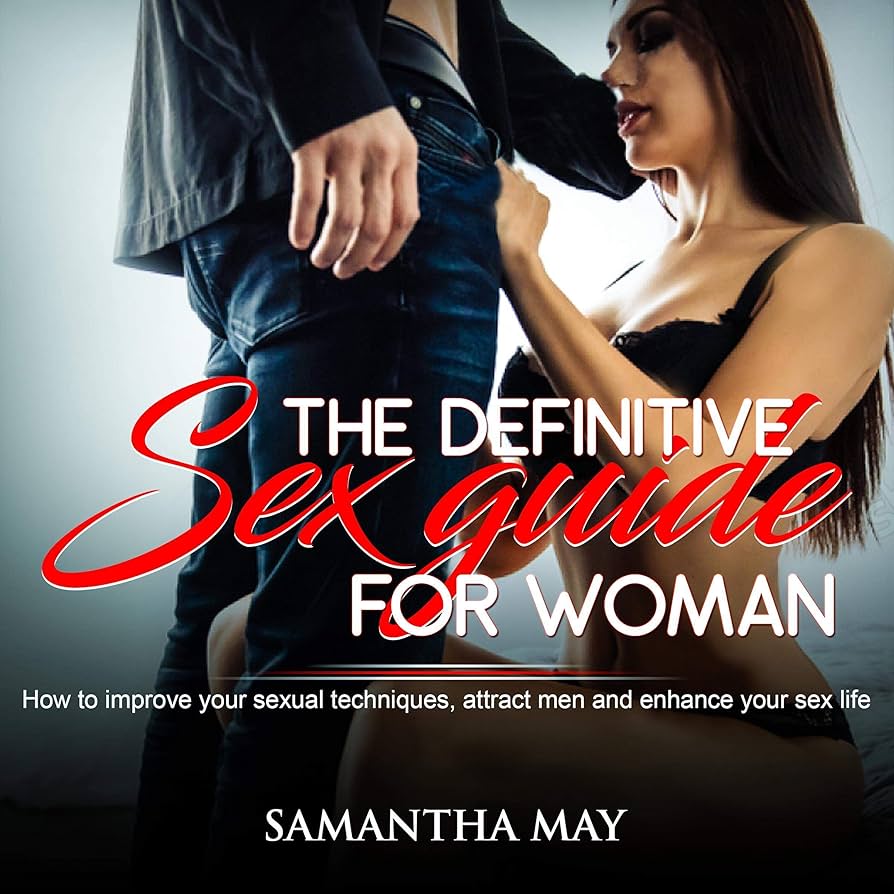Report on the Intersection of Public Disorder, Domestic Violence, and Sustainable Development Goals
Executive Summary
This report analyses data concerning arrests made during the riots across England and Northern Ireland in the summer of 2024. The findings reveal a significant correlation between individuals participating in public violent disorder and those with prior reports of domestic abuse. This connection exposes profound challenges to the United Kingdom’s progress towards key Sustainable Development Goals (SDGs), particularly SDG 5 (Gender Equality), SDG 16 (Peace, Justice and Strong Institutions), and SDG 10 (Reduced Inequalities). The data indicates that public violence is often an extension of private violence, rooted in systemic issues of inequality and failures within justice systems.
Key Findings: The Link Between Public Violence and Domestic Abuse
Data obtained through Freedom of Information requests from 21 police forces demonstrates a clear pattern linking perpetrators of public disorder with domestic violence. An analysis of 899 arrests shows:
- 41% of all individuals arrested had been previously reported to police for domestic abuse-related crimes.
- In one police force area (Bristol), this figure reached as high as 68% of arrestees.
- Previous offences recorded for these individuals include:
- Actual bodily harm and grievous bodily harm
- Stalking and coercive control
- Breach of non-molestation and restraint orders
- Criminal damage
Implications for SDG 5: Gender Equality
The findings present a serious challenge to the achievement of SDG 5, which aims to eliminate all forms of violence against women and girls.
- Target 5.2 (End all forms of violence against all women and girls): The high prevalence of domestic abuse histories among rioters indicates that violence against women and girls is a significant contributing factor to wider societal violence. The riots, which were themselves a reaction to the murder of three young girls, underscore the urgency of addressing gender-based violence.
- Systemic Misogyny: As noted by Women’s Aid, these acts of public violence are part of a broader pattern rooted in the same dynamics that drive domestic abuse: control, coercion, and misogyny. This suggests that progress on SDG 5 requires addressing these underlying societal norms.
- Government Commitment: The Home Office’s pledge to halve violence against women and girls is a critical policy response aligned with the objectives of SDG 5.
Implications for SDG 16: Peace, Justice and Strong Institutions
The events and subsequent data highlight significant obstacles to achieving SDG 16, which focuses on promoting peaceful societies and building effective, accountable institutions.
- Target 16.1 (Significantly reduce all forms of violence): The riots represent a severe breakdown of public peace. The data suggests that failing to address domestic violence effectively allows a culture of violence to persist and manifest in the public sphere.
- Institutional Accountability: The report indicates a potential failure in the justice system. Of the individuals with prior domestic abuse reports, less than a quarter had been formally charged for any of those offences. This low charge rate undermines the goal of providing access to justice for all and building accountable institutions.
- Rule of Law: The targeting of mosques and hotels housing asylum seekers during the riots demonstrates a direct assault on the principles of an inclusive and peaceful society, which is a cornerstone of SDG 16.
Socio-Economic Factors and SDG 10: Reduced Inequalities
The data reveals a strong correlation between the riots, deprivation, and inequality, directly impacting the goals of SDG 10.
- Target 10.2 (Promote social, economic and political inclusion): Analysis shows that most of those charged in relation to the riots came from the 20% most deprived neighbourhoods in the country. This links social unrest to socio-economic inequality and exclusion.
- Compounded Disadvantage: The areas where riots occurred also show a higher prevalence of domestic abuse incidents (39 per 1,000 people) compared to the national average (27 per 1,000 people). This indicates that inequality and violence are interconnected issues that create cycles of disadvantage, hindering progress towards SDG 10.
Conclusion and Official Recommendations
The evidence establishes that the 2024 riots were not isolated incidents but symptomatic of deeper societal failures related to gender-based violence, institutional weaknesses, and socio-economic inequality. Addressing these public disorders requires a holistic approach that acknowledges their roots in domestic abuse and misogyny. The recommendation from the Home Affairs Committee for the government to set out ambitious reforms to meet its commitment to halve violence against women and girls is a crucial step. The Home Office has acknowledged this as a “national emergency,” and its forthcoming strategy will be vital for aligning UK policy with the urgent requirements of SDGs 5, 10, and 16.
SDGs Addressed in the Article
SDG 5: Gender Equality
- The article extensively discusses the link between public disorder and domestic abuse, a form of violence predominantly affecting women and girls. It highlights that a significant percentage of rioters had prior reports of domestic abuse, and quotes an expert from Women’s Aid who links the violence to “dynamics that drive domestic abuse and violence against women and girls: control, coercion, and misogyny.” The government’s pledge to “halve violence against women and girls” further solidifies this connection.
SDG 16: Peace, Justice and Strong Institutions
- This goal is central to the article, which focuses on violent riots, public disorder, crime, and the response of the justice system. It details the scale of the violence (attacks on mosques, hotels, property damage), the number of arrests and charges, and the criminal histories of some participants. The article also touches upon the effectiveness of the justice system, noting that less than a quarter of individuals reported for domestic abuse were charged, pointing to issues with access to justice for victims.
SDG 10: Reduced Inequalities
- The article links the riots to anti-immigration sentiment and far-right activism. The violence was directed at asylum seekers, with attacks on hotels housing them and mosques. The mention of “race checkpoints” set up by rioters is a clear example of discrimination and exclusion. Furthermore, the analysis that most of those charged come from the “20% most deprived neighbourhoods” highlights an economic inequality dimension to the social unrest.
Specific Targets Identified
SDG 5: Gender Equality
-
Target 5.2: Eliminate all forms of violence against all women and girls in the public and private spheres, including trafficking and sexual and other types of exploitation.
- The article’s core finding is the link between rioters and prior reports of domestic abuse, which falls under violence in the private sphere. It mentions specific crimes like “stalking, breach of restraint and non-molestation orders, controlling coercive behaviour,” sexual assault, and battery against an ex-girlfriend. The government’s stated commitment to “halve violence against women and girls” directly aligns with this target.
SDG 16: Peace, Justice and Strong Institutions
-
Target 16.1: Significantly reduce all forms of violence and related death rates everywhere.
- The article describes widespread “violent disorder,” riots, attacks on property (cars, buildings, mosques, hotels), and physical violence (“threw missiles at police”). The murder of three young girls, which acted as a catalyst for the riots, is a direct reference to reducing related death rates.
-
Target 16.2: End abuse, exploitation, trafficking and all forms of violence against and torture of children.
- The riots were a response to the “murder of three young girls,” a clear and tragic instance of violence against children that this target aims to end.
-
Target 16.3: Promote the rule of law… and ensure equal access to justice for all.
- The article discusses the justice system’s response, including the number of arrests and charges. It critically notes that “less than a quarter of individuals had been charged for any of the domestic abuse offences for which they were a suspect,” implying a failure to provide justice for victims of domestic abuse and a weakness in the rule of law.
SDG 10: Reduced Inequalities
-
Target 10.2: By 2030, empower and promote the social, economic and political inclusion of all, irrespective of… race, colour, ethnicity, origin, religion or economic or other status.
- The riots are described as “anti-immigration demonstrations” that targeted hotels housing asylum seekers and mosques. This violence represents a severe form of social exclusion based on origin and religion. The finding that rioters came from the most deprived neighbourhoods also points to a failure of economic and social inclusion.
Indicators for Measuring Progress
Indicators for Target 5.2
- Proportion of individuals arrested for public violence who have a prior police report for domestic abuse (reported as 41% overall and up to 68% in one police force).
- Prevalence of domestic abuse incidents in specific areas (39 per 1,000 people in riot areas vs. 27 per 1,000 people in the rest of the country).
- Data on specific types of violence against women and girls, such as sexual assault, stalking, and breach of non-molestation orders, as mentioned in the article.
Indicators for Target 16.1
- Number of arrests for violent disorder (1,840 total arrests mentioned).
- Number of charges for serious public order offences (1,103 charges mentioned).
- Number of violent demonstrations and riots (29 took place between 30 July and 7 August 2024).
- Homicide rate, specifically related to the murder of the three young girls.
Indicators for Target 16.3
- Proportion of suspects for domestic abuse offences who are formally charged (reported as “less than a quarter”).
- The ratio of arrests to charges for the riots (1,840 arrests to 1,103 charges).
Indicators for Target 10.2
- Number of violent attacks motivated by discrimination (e.g., attacks on mosques and hotels for asylum seekers).
- Proportion of individuals involved in crime/disorder who come from deprived socioeconomic backgrounds (reported as “most of those charged have come from the 20% most deprived neighbourhoods”).
Summary of SDGs, Targets, and Indicators
| SDGs | Targets | Indicators |
|---|---|---|
| SDG 5: Gender Equality | 5.2: Eliminate all forms of violence against all women and girls. |
|
| SDG 16: Peace, Justice and Strong Institutions |
16.1: Significantly reduce all forms of violence.
16.2: End abuse… and all forms of violence against… children. 16.3: Promote the rule of law and ensure equal access to justice. |
|
| SDG 10: Reduced Inequalities | 10.2: Empower and promote the social, economic and political inclusion of all. |
|
Source: theguardian.com







